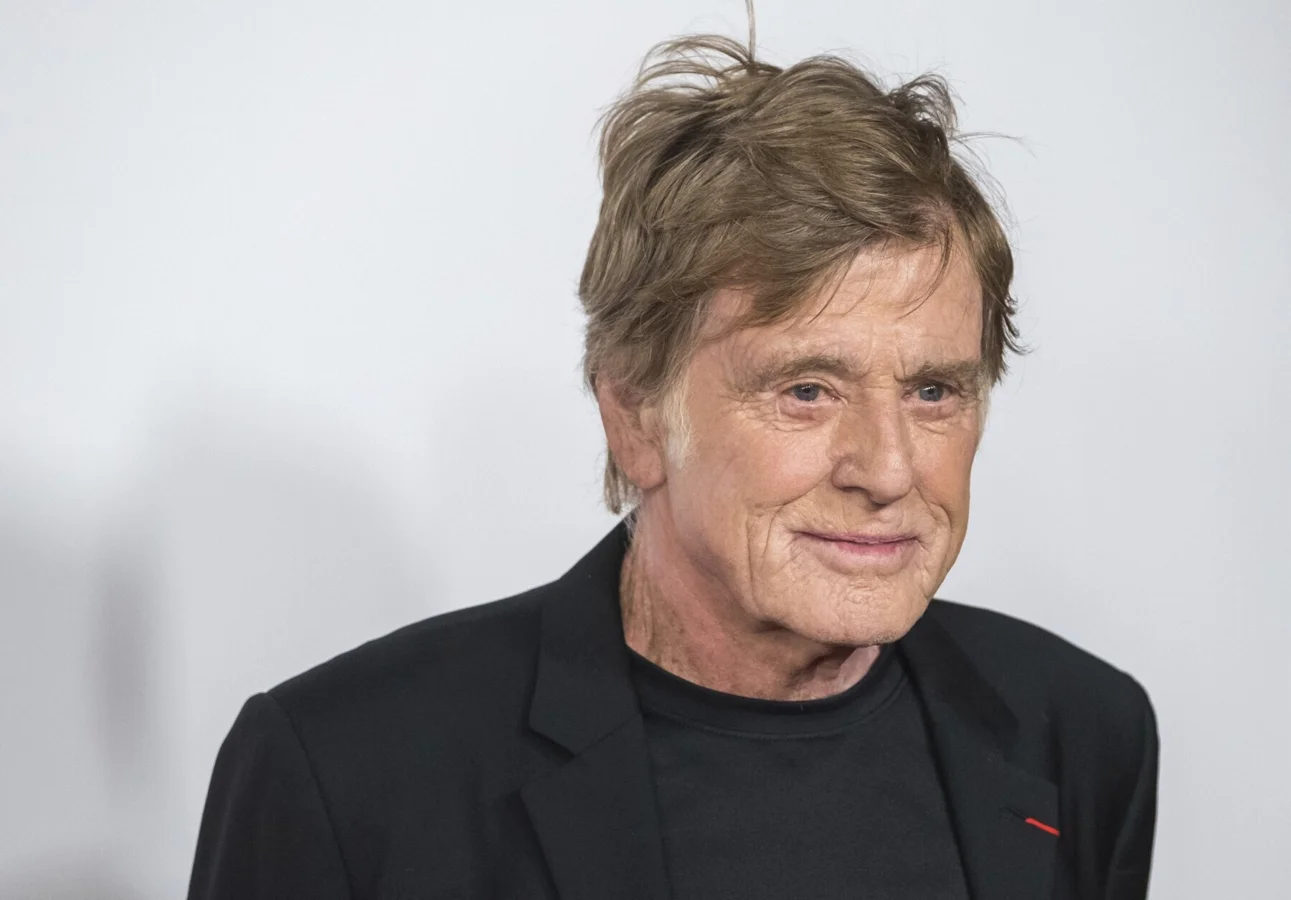Robert Redford’s starring role in The Natural played a pivotal role in reviving interest in baseball films during the 1980s. Released on May 11, 1984, the movie marked a turning point when baseball films were considered risky and rarely promising at the box office. Set against the backdrop of America’s enduring passion for the sport, The Natural rekindled enthusiasm for baseball-themed cinema, laying the groundwork for a decade-long surge in such movies.
Challenges Faced Before ‘The Natural’ Took the Field
Before the arrival of The Natural, baseball movies had struggled for acceptance and commercial success. It had been years since films like Bang the Drum Slowly and The Bad News Bears had hit theaters, and baseball movies were widely viewed as box office liabilities. Director Barry Levinson recalled the widespread doubt about the genre’s viability:
“At that time, there was always a lot of negative things. Like, at that point, there had not been a successful baseball film in a long, long time,”
he said.
He added,
“And all had been failures, so when we were working on it, there was all this negative thing, like, ‘Well, I don’t know. Baseball movies. That genre’s over. It’s gone. Done.’ Redford wanted to do the film. We met on it, by happenstance, actually, and went from there.”
Despite the skepticism, Redford’s dedication helped push The Natural into production and release.
The Film’s Impact on Baseball Cinema and Popular Culture
The Natural not only performed well commercially but also earned critical recognition, breaking through the myth that baseball movies were destined to fail. According to baseball film historian Noah Gittell,
“In truth, ‘The Natural’ scattered its own seeds.”
He detailed in his 2024 book Baseball: The Movie that it opened as the number one film in America and ranked 14th domestically for the year.

“Not a World Series contender, but certainly a playoff team, and popular enough to finally shatter the stubborn myth that baseball movies were box office poison,”
Gittell wrote.
Based on Bernard Malamud’s 1952 novel, the film follows Roy Hobbs, an aging ballplayer who unexpectedly earns a chance to play for a struggling team. Its tone blended dark and dramatic elements with heroic storytelling. The film earned four Academy Award nominations, including one for Glenn Close’s supporting role.
Robert Redford’s Vision of Storytelling Through Film
Redford emphasized film’s powerful ability to engage audiences visually and emotionally. In a 2024 interview with Orion magazine, he said,
“I think film is a great way to tell a story because it’s visual. It’s got movement in it and captures people’s attention differently. That’s a big deal for me. Film can take people to places they’ve never seen and create a connection for them.”
The Natural clearly resonated, with memorable scenes like Redford’s character smashing the lights with a home run, paired with Randy Newman’s evocative score, which itself earned an Oscar nomination. Newman’s theme would go on to appear in other cultural moments, including the final episode of The Wonder Years.
The 1980s Baseball Film Surge Following ‘The Natural’
Following The Natural, baseball films became a staple across the decade. Alongside iconic titles such as Bull Durham, Field of Dreams, Eight Men Out, and Major League, audiences witnessed a stream of baseball-themed movies including A League of Their Own, The Sandlot, Little Big League, and Rookie of the Year. Even comedies like The Naked Gun incorporated baseball elements, demonstrating the sport’s influence on popular culture beyond dramas and biopics.
Gittell credited The Natural with launching this boom:
“Its success launched the baseball movie boom that would last a decade and produce some of the most beloved films of all time. It marked the creation of a new legend: for baseball cinema, for the heartland, and for America itself.”
Debate Over the Film’s Exact Role in the Baseball Movie Renaissance
While many celebrate The Natural as a catalyst for the surge in baseball films, director Barry Levinson offered a more nuanced perspective. Speaking in 2014 at the Virginia Film Festival, he reflected,
“It’s a good question. I don’t know because it was really not thought of as a commercial-type of thing to do. And then when the film worked, then all of a sudden it was like, ‘Oh, we can have a baseball movie.’ And then, all of a sudden, there’s ‘Bull Durham’ and all those others that came after that.”
Despite its impact, The Natural received mixed reviews, illustrating the divided opinions on its quality and approach. Noted film critic Roger Ebert gave it two stars and questioned the film’s portrayal of Redford, asking,
“Why didn’t they make a baseball picture? Why did ‘The Natural’ have to be turned into idolatry on behalf of Robert Redford?”
The Enduring Legacy and Mythic Quality of ‘The Natural’
The Natural distinguishes itself through its mythical, almost mystical depiction of baseball. Its narrative captured the sport’s magic and tragedy in a way that influenced later films like Field of Dreams. It became a symbol of nostalgia and the timeless appeal of baseball, set in the 1930s but filmed decades later, evoking a sense of longing and reverence for the game.
Noah Gittell captured this sentiment well:
“‘The Natural’ gets how baseball feels: timeless and mythic, like the only thing that lasts in a world teeming with ephemera. It captures the moment of transformation from men into gods that’s possible every time you turn on a baseball game.”
This perspective has been echoed repeatedly in baseball cinema, as The Natural continues to be regarded as one of the best in the genre and a testament to how baseball and film can combine to tell powerful stories about America’s pastime.
